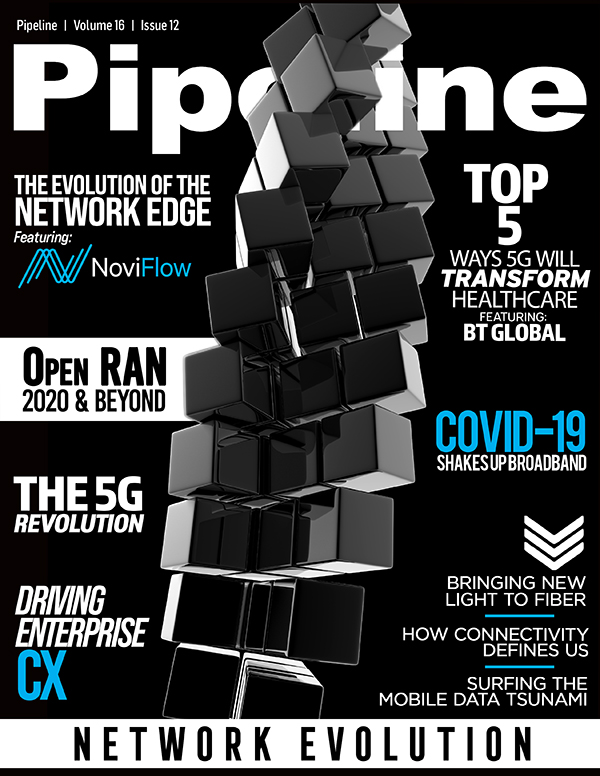A 5G Revolution: Networks of the Future
The new layer infrastructure is driven by wireless densification, a first step in the network revolution. Densification is the process of adding additional cellular sites across a network, and it allows carriers to add capacity across their networks by distributing capacity to more end points, an important step delivering on the 5G promise and beyond. This process has seen macro sites being divided up to create a highly dense fabric of small cells and antennas, and the industry is still working toward being able to deploy these antennas everywhere — on every streetlight or utility pole along where the fiber traverses.
Fronthaul fiber and network edge colocation facilities are two core components of the evolved communications infrastructure required to underpin these next-generation wireless networks. Fronthaul fiber interconnects network edge colocation facilities to localized wireless sites. Unlike traditional backhaul cables, fronthaul fiber cables are deployed in tree-like structures, must be highly accessible and include high fiber counts. This complementary fiber network must be built as an overlay to traditional fiber networks, which were architected to serve a sparse networking need and are still well-positioned for backhaul connectivity.
The second core element of this evolved communications infrastructure in support of ultra-dense deployments is the aggregation of sites into network edge colocation (“NEC”) facilities that are designed to facilitate ultra-low latency applications. Apart from their role of base station hoteling within a wireless network, they play a crucial role in the fiber network. The strategic positioning of these sites allows for offload of traffic and reuse of fiber to create a multiplying effect of the fibers, lowering overall cost of deployment and minimizing future fiber overbuilds. Fronthaul fiber and NECs are key network elements that enable the all-important blend of robust capacity and low latency demanded by the 5G network.
Barriers to progress
Placing wireless nodes at the required level of density creates a number of challenges. One of these challenges is the fact that municipalities and local, state and federal governments have pushed back on behalf of residents out of fear of visual pollution and in some cases, unfounded health risks. Furthermore, with small cell, DAS (Distributed Antenna Systems) and other wireless installations still being relatively new, regulations and application, permitting and approval processes across different locales have yet to be standardized. This makes it difficult and time-consuming for infrastructure providers to navigate the initial phases of rollout and stalls deployment. On the provider side, the large amounts of land grabs, siting applications and acquisitions all being aimed at a finite number of locations is causing an increase in competition and price, and the cost of deploying thousands of nodes can become prohibitive for many.
Congestion, construction costs and cost of ownership challenges are stretching out time to market, but the ecosystem of networks must evolve despite these roadblocks. Recent global disruptions have further delayed these important processes, so now more than ever, the industry must ask itself where it goes from here.



















